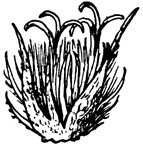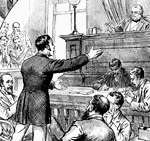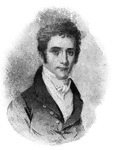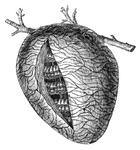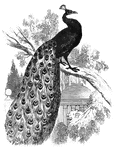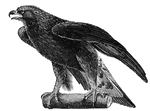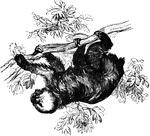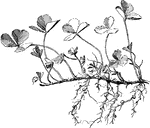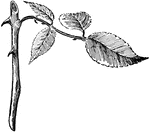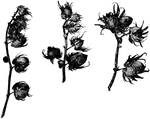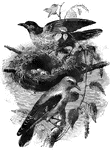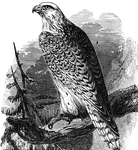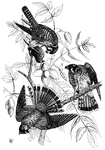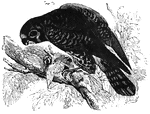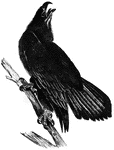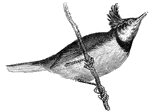
Crested Titmouse
The tit is indeed the incarnation of motion; it is continually skipping from branch to branch...(Figuier,…

Leaf
Leaves are arranged in a great many different ways on their stems. Here the leaf-stem has three little…

Red Birch
This is the branch of Red Birch, Betula nigra, showing the staminate aments as they appear in winter,…

Sweet Birch Branch
This shows the four staminate and one pistillate ament of Sweet Birch, Betula lenta, (Keeler, 1915).

Hop Hornbeam Branch
This shows the branch of Hop Hornbeam, Ostrya virginiana, showing the staminate aments as they appear…
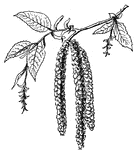
Hop Hornbeam Flowers
This shows the pistillate and staminate aments of Hop Hornbeam, Ostrya virginiana, (Keeler, 1915).

Hornbeam Flowers
This shows the pistillate and staminate aments of Hornbeam, Carpinus caroliniana, (Keeler, 1915).

Landing at Parkersburg
"Landing of Federal troops at Parkersburg, Western Virginia. Parkersburg, Va., in 1861 was a thriving…

Village of Clarksburg
"Village of Clarksburg, Western Virginia, headquarters of General Rosecrans. Clarksburg, a post village,…

Re-enforcements
"Re-enforcements for Grant's army leaving Memphis, Tenn. Our sketch shows the Alice Dean, a…

War in Louisiana
"The war in Louisiana. General Banks's army, in the advance on Shreveport, crossing Cane River, March…

Buzzard's Roost
"Sherman's Campaign. The capture of Buzzard's Roost at Hovey Gap, Ga., May 8th, 1864. Among the strongholds…

Fruitful cotton plant
An early, rapid fruiting, productive type of cotton plant, with low fruit limbs, short joints and continuous…
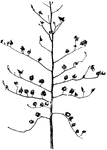
Unfruitful Cotton Plant
A late, slow fruiting, unproductive type of cotton plant, with high fruit limbs and long joints. Leaves…
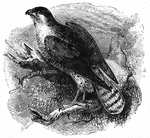
Goshawk
"The American goshawk &mdash the black-cap haw of Wilson &mdash A. atricapillus which has been…
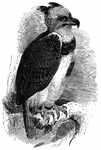
Harpy Eagle
Genus Harpyia, it is one of the largest, most fierce, and powerful eagles. It has a crest of…

Eagle Owl
Eagle or great-horned owl, found in Europe and northern asia. It feeds on hares, rabbits, moles, mice,…

Great Short-Eared Owl
Genus ascalaphia, a large owl, native to southern Europe and northern parts of Egypt.





